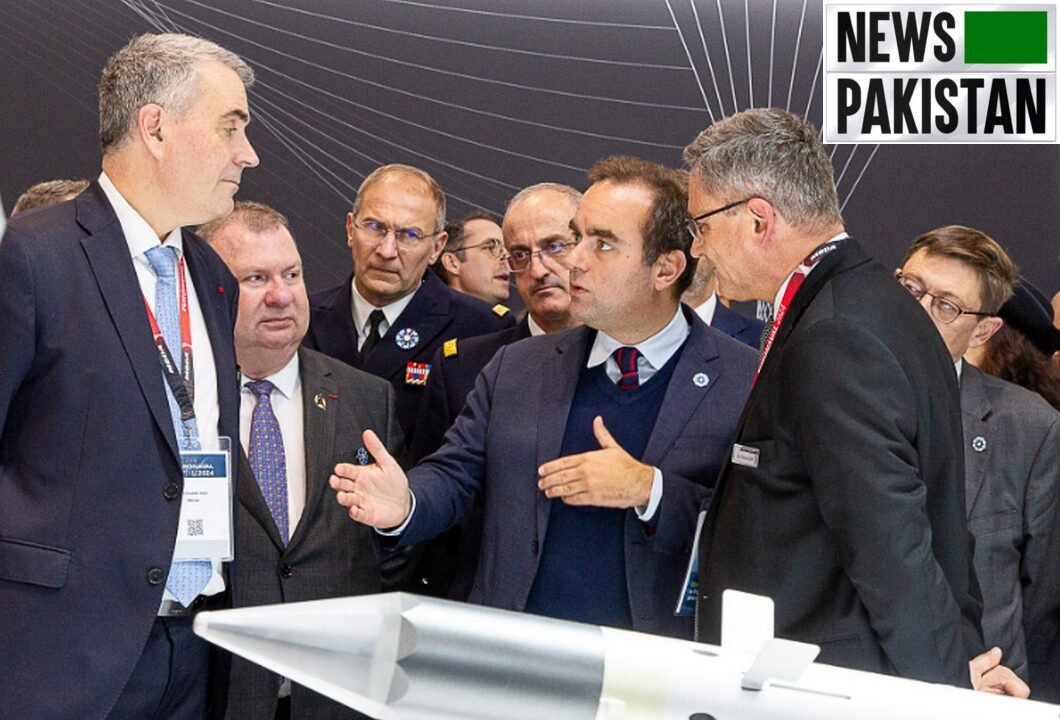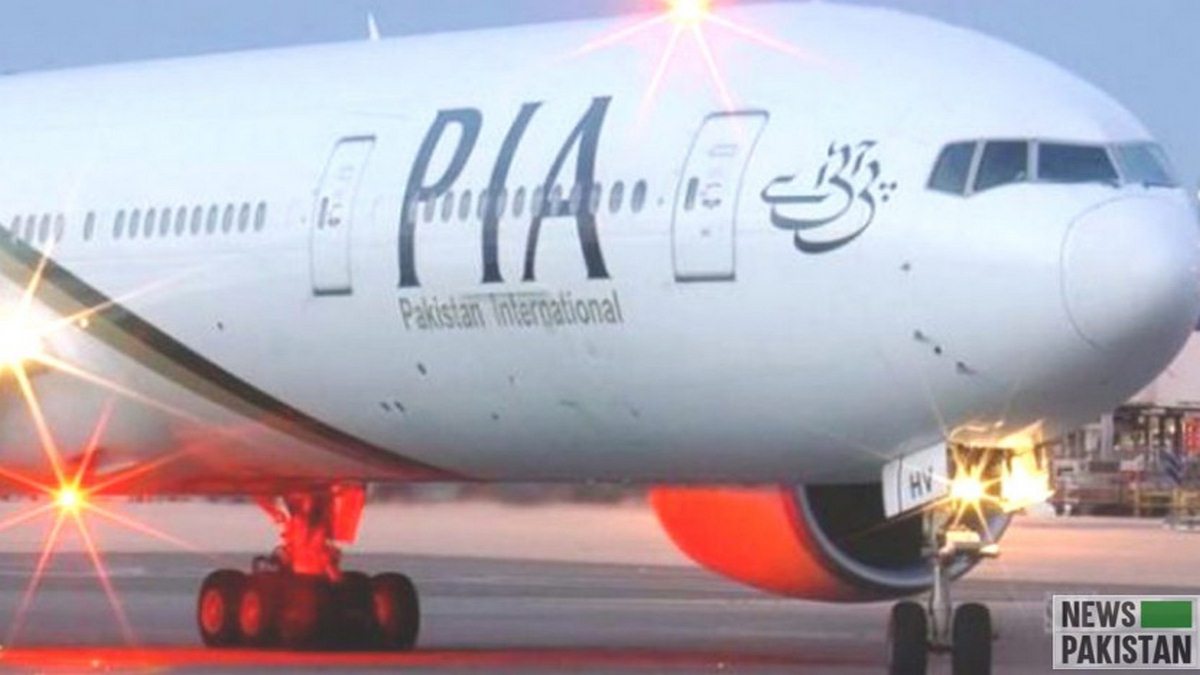ISLAMABAD: As the situation of law and order is ameliorating, its beauty is again appearing on the radar of the people within the country and abroad.
ISLAMABAD: Federal Capital of Pakistan is rich in beauty and attracts the foreign and nationwide tourists with some monumental places like Shah Faisal Mosque, Pakistan Monument, and Daman-e-Koh.
Managing Director Pakistan Tourism Development Corporation (PTDC) Chaudhry Abdul Ghafoor told the Media that Islamabad happened to harbor the ingredients to be a tourist city because of its natural beauty and greenery. “Secondly, it is the first planned city of Pakistan” he added.
MD, PTDC held that there were numerous worth seeing places in Islamabad. Then there are also state of the art facilities in the capital city.
Pir Sohawa, Daman-i-Koh, Margalla Zoo, Pakistan Monument, Faisal Mosque, Shakarparian, Lok Virsa Heritage Museum and Rawal lake view Park are among the top tourist attractions in Islamabad.
“Islamabad has many various eco-based tourist attractions which include WWF Pakistan activities” he said. Chaudhry Abdul Ghafoor maintained that Islamabad held the distinction of a leading city in the tourism industry of Pakistan.
There are numerous places in Pakistan, which are worth seeing and attract the attention of tourist of both national and international. Tourism industry in Pakistan is on constant growth ever since the independence.
Islamabad is ideal city for travel and tourism. Tourism industry has flourished in Pakistan by the efforts of government. Travel and Tourism will keep flourishing in the year 2018.
KARAKORAM HIGHWAY: The Karakoram Highway is a popular tourist attraction and is one of the highest paved roads in the world, passing though the Karakoram mountain range.
The Karakoram Highway, also known as the Friendship Highway in China, was built by the governments of Pakistan and China.
It was started in 1959 and was completed and opened to the public in 1979. The route of the Karakoram Highway (KKH) traces one of the many paths of the ancient silk road.
The highway, connecting the Gilgit-Baltistan region to the ancient silk road, runs approximately 1,300 km (810 mi) from Kashgar, a city in the Xinjiang region of China, to Abbotabad.
An extension of the highway southwest from Abbotabad, in the form of the N-35 highway, meets the Grand Trunk Road, N-5, at Hasan Abdal.
As part of the China Pakistan Economic Corridor (CPEC), reconstruction and up-gradation work on Karakoram Highway (KKH) are underway.
The KKH spans the 806-kilometre-long distance between the China-Pakistan border and the town of Hasan Abdal. At Burhan Interchange near Hasan Abdal, the existing M1 Motorway will intersect the Karakoram Highway.
From there, access onwards to Islamabad and Lahore continues as part of the existing M1 and M2 motorways, while Hasan Abdal will also be at the intersection of the Eastern Alignment, and the Western Alignment which will lead towards the port city of Gwadar.











